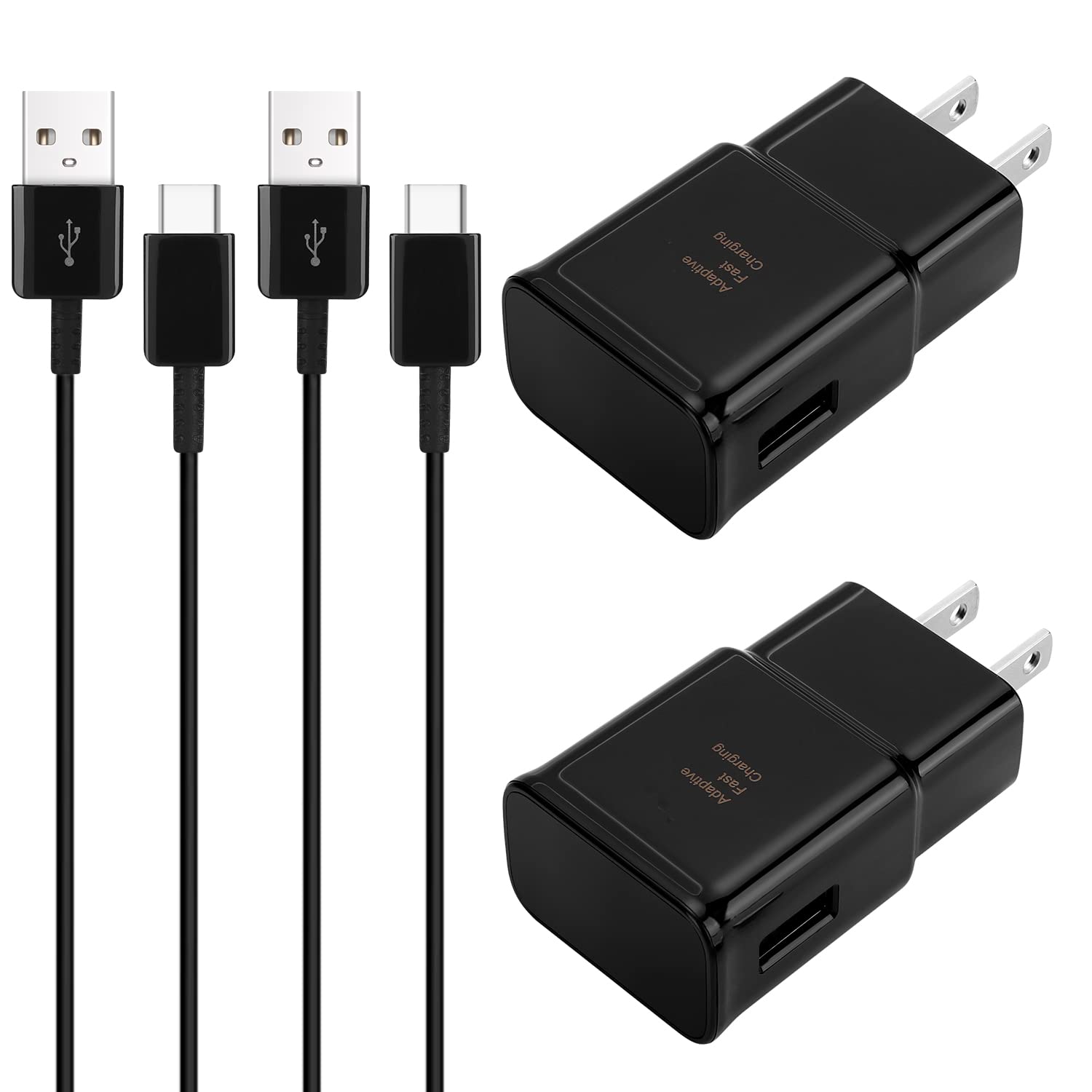The Risks of Electric Shock
The Dangers of Electric Shock from Phone Chargers
When it comes to phone chargers, the risks of electric shock are a grave concern that should not be overlooked. These devices, while essential for keeping our smartphones powered, pose a significant hazard if not handled with care. The following points shed light on the potential dangers associated with electric shock from phone chargers:
- Exposed Wires: One of the primary risks of electric shock from phone chargers is the presence of exposed wires. Over time, wear and tear can lead to the insulation of the wires wearing down, leaving them vulnerable to exposure. This increases the likelihood of accidental contact, potentially resulting in an electric shock.
- Substandard Chargers: The use of substandard or counterfeit chargers further amplifies the risk of electric shock. These inferior products may not adhere to safety standards and can pose a serious threat to users. Their lack of proper insulation and protective features heightens the potential for electric shock incidents.
- Improper Handling: Negligent handling of phone chargers, such as forcefully bending or twisting the cables, can compromise their structural integrity. This can lead to internal wire damage, making it easier for electric currents to escape and pose a risk of shock to the user.
Understanding these risks is crucial for promoting safe practices when using phone chargers. By being mindful of these potential dangers, individuals can take proactive measures to mitigate the risk of electric shock and ensure their safety.
Potential Damage to the Charger
The Impact of Improper Usage on Phone Charger Integrity
Phone chargers are not only susceptible to causing harm but are also at risk of sustaining damage themselves. The following points highlight the potential damage that can occur to phone chargers due to various factors:
- Overheating: Prolonged usage or charging at high temperatures can lead to overheating of the charger. This can cause the internal components to degrade, reducing the charger’s efficiency and potentially posing a fire hazard.
- Physical Stress: Tugging or yanking the charger cable, especially at sharp angles, can exert physical stress on the wires and connectors. This can lead to fraying, weakening, or breakage, compromising the charger’s functionality.
- Moisture Exposure: Accidental exposure to moisture, such as spills or high humidity, can corrode the charger’s contacts and components. This not only affects its performance but also increases the risk of electrical malfunctions.
- Foreign Object Damage: Inserting the charger into outlets with foreign objects or debris present can cause damage to the internal contacts, leading to short circuits or electrical faults.
Recognizing the potential for damage to phone chargers underscores the importance of handling them with care and ensuring a conducive environment for their use. By addressing these factors, users can prolong the lifespan of their chargers and reduce the likelihood of malfunctions or hazards.
Health Risks from Bacteria
The Hidden Menace: Bacterial Contamination on Phone Chargers
While the electrical hazards of phone chargers are widely recognized, the health risks stemming from bacterial contamination often go unnoticed. The following points shed light on the potential health hazards associated with bacteria on phone chargers:
- Bacterial Reservoir: Phone chargers, being frequently handled and placed in various environments, serve as potential reservoirs for bacteria. The warmth generated during charging, coupled with the presence of skin oils and residues, creates an ideal breeding ground for bacteria.
- Transmission to Users: When users come into contact with contaminated chargers, there is a risk of transferring bacteria to their hands. This can subsequently lead to the spread of bacteria to other surfaces and, if not mitigated, may result in health issues.
- Health Implications: Bacterial contamination on phone chargers can contribute to skin irritation, allergic reactions, or even infections, particularly for individuals with sensitive skin or compromised immune systems.
- Preventive Measures: Regular cleaning and disinfection of phone chargers can significantly reduce the risk of bacterial contamination. Simple practices, such as wiping the charger with a disinfectant or alcohol-based solution, can help mitigate the health hazards associated with bacterial growth.
Recognizing the health risks posed by bacterial contamination on phone chargers underscores the importance of maintaining cleanliness and hygiene in our device usage. By incorporating regular cleaning routines, users can safeguard their health and minimize the potential impact of bacterial exposure.
Fire Hazards from Moisture
The Peril of Moisture-Induced Fire Hazards with Phone Chargers
Moisture, often overlooked as a potential hazard, can pose significant fire risks when it comes to phone chargers. Understanding the implications of moisture-induced fire hazards is crucial for promoting safe usage. The following points highlight the potential dangers associated with moisture and its impact on phone chargers:
- Corrosion and Short Circuits: Exposure to moisture can lead to corrosion of the charger’s internal components, particularly the contacts and circuitry. This corrosion increases the likelihood of short circuits, posing a fire hazard due to the heat generated by electrical faults.
- Insulation Compromise: Moisture can compromise the insulation of the charger’s wiring, leading to the exposure of conductive materials. This increases the risk of electrical arcing and sparks, potentially igniting nearby flammable materials.
- Increased Conductivity: Moisture can enhance the conductivity of surfaces, leading to the potential for leakage currents and electrical malfunctions. This can result in overheating and, in severe cases, ignition of the charger or surrounding materials.
- Preventive Measures: To mitigate the fire hazards associated with moisture, it is essential to keep chargers and their surroundings dry. Additionally, storing chargers in moisture-resistant containers or areas can help minimize the risk of exposure to water or high humidity.
Recognizing the potential for fire hazards stemming from moisture emphasizes the need for vigilance in safeguarding phone chargers from environmental elements. By adopting preventive measures and maintaining a dry charging environment, users can reduce the risk of moisture-induced fire incidents and promote overall safety.

